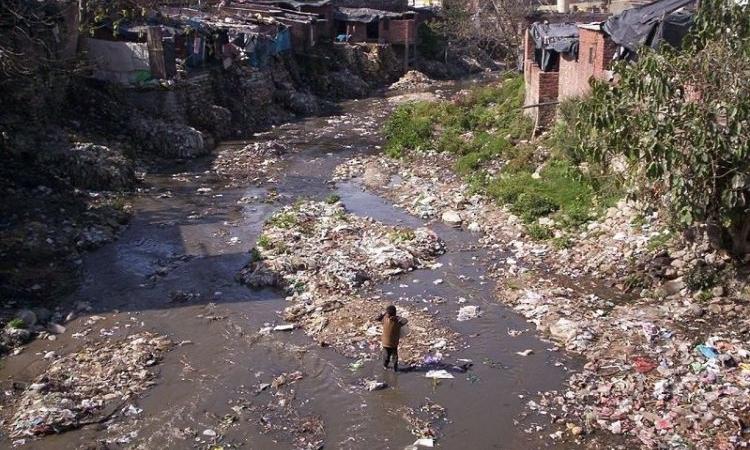
Urban sanitation in India and the need to look at Brazil
India constitutes only 11% of the world’s urban population but contributes 52% to the open defecation in the world’s urban spaces (WHO-UNICEF, 2014). This policy brief titled ‘Urban sanitation in India- Why Brazil matters', by the Centre for Policy Research, elaborates why Indian policy makers and practitioners need to look towards Brazil while framing sanitation policies and implementing them on the ground. It explains how Brazil has experimented with several models of financing and service provisioning in the sanitation sector, both in terms of levels of centralisation/ decentralisation and public/ private provisioning that are a valuable exercise for Indian policy makers to look at.
The paper informs that India primarily being a rural country, rural sanitation has received more attention from policy makers in the country. It elaborates on the scheme’s that have attempted to address urban sanitation, which are the Ganga Action Plan (GAP), Jawaharlal Nehru Urban Renewal Mission (JNNURM), National Urban Sanitation Policy (NUSP) and the recent Swachh Bharat Mission (SBM). The paper questions the lack of functionality of urban sanitation facilities inspite of the implementation of various schemes in India and compares it with Brazil's experience with urban sanitation.
Findings of the analysis
The paper details Brazil’s urban sanitation story through the policies implemented in Brazil, experimentation of their various schemes, their successes & deficiencies, and their progressive evaluation. It sheds light on the factors that have contributed to Brazil’s progress, of which the City Statute, premised on the idea of ‘Right to City’ of citizens is interesting. This statute categorically states that the social function of land supersedes its economic function, which means that land use is prioritised over its commercial value. Other key reasons include evidence based policies; adequate, regular & public funding; building robust data collection system and the condominial system of sanitation. A comparison of the various urban sanitation services of both the countries becomes clearer through the following infograph.
The paper notes that the challenges faced by Brazil are primarily of effective regulation in the sector, bringing in accountability, adding to the transparency of functioning and the poor co-ordination among implementing ministries.
The paper ends by listing out the lessons for India:
- Universal access will be ensured if sanitation services are publicly financed
- Regulation of the sector is essential for strengthening the services and helping in increasing access and achieving equity
- Services should be provided by following a middle path between individual municipalities independently, by ULBs in small consortia or by state level agencies
- Establishment of robust data collection systems with regular analysis can help in infrastructure creation and effective delivery
- Contextual, inclusive planning can yield more effective results with better utilisation